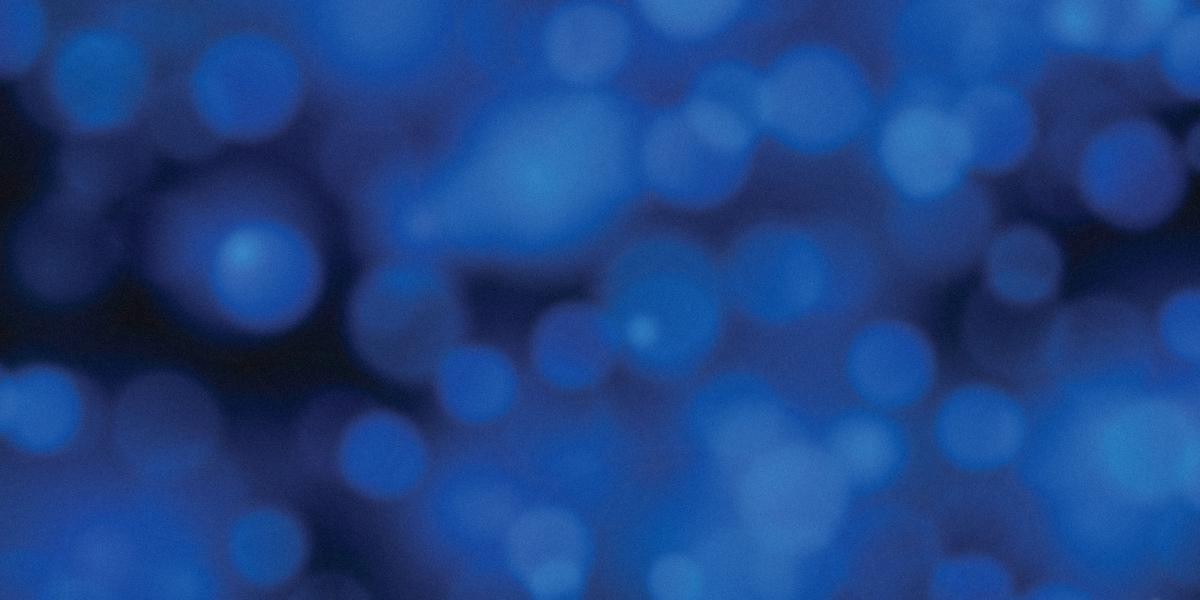Farming Fish, Reaping Risk
The human hunger for seafood has very nearly emptied the oceans. About 90 percent of large carnivorous ocean fish are gone, says public health microbiologist David Love. “We’ve basically tapped out the resources, overfishing all these big predatory fish-like bluefin tuna, cod and sharks,” he says. “Now we’re starting down the trophic levels to smaller fish like herring and sardines.”
Because wild-caught seafood harvests have been stagnant since 1995, people are turning to aquaculture—fish farming—to fill the demand. Fish farming has increased by 7 percent each year over the past decade, and represents 40 percent of all fish consumed globally.
Like other forms of industrial food production, aquaculture poses substantial environmental and public health risks. From antibiotic-resistant bacteria to bioaccumulation of toxins and pollutants in fish feed, aquaculture can endanger human health. And some practices, Love says, “pose a huge environmental burden.”
“A lot of times, the way we raise seafood is unsustainable,” he says. For example, Love notes that it takes 2 to 3 kilograms of wild fish to produce 1 kilogram of farm-raised salmon or shrimp.
China produces about two-thirds of the world’s farmed fish, Love says, with other major producers including Chile, the U.K., Japan and Norway. Many producers net off sections of the ocean, rivers or ponds for farming—and create environmental havoc in the process.
“We shouldn’t be farming fish out in the ocean because the waste and antibiotics in the feed are released into the ocean and piles of waste build up under the farm,” says Love. Re-circulating systems—in which all waste is filtered and treated in an enclosed biosecure system—offer a more sustainable practice. It is one that Love, who joined the Center for a Livable Future in November, plans to research.
Feeding practices need to be changed as well. “Small fish are basically the foundation of the ocean’s food supply,” Love points out, and using them as feed in aquaculture operations may not be the best use of resources. The practice could also pose a potential hazard since small fish may bioaccumulate environmental contaminants like persistent organic pollutants (POPs) and methylmercury. “Using animal- or fish-based protein in feed is being slowly phased out,” he says. “We should be using plant-based protein instead.”
Love is currently gathering data on the scope of the problem by examining seafood imports into the U.S., Canada, and the European Union over the past decade. “Imported seafood gets tested and if it fails inspection, it gets put onto a list,” Love says. Veterinary drugs such as antibiotics and fungicides, microbes, illegal food additives and heavy metals are routinely detected in imported seafood (including farmed fish). Noting that just a few percent of the hundreds of thousands of shipments of imported seafood are inspected each year, Love says, “I’m analyzing the [failed inspection] list to identify the major violations to better understand the role of chemicals and antibiotics as pollutants in farmed fish.”
In the years ahead, Love and his colleagues at the Center for a Livable Future will be investigating ways to make aquaculture more viable, including a fish-vegetable farming technique called aquaponics, that works well in urban settings. “Aquaculture is great in theory and most of the time it’s done correctly,” he says, “but just as in land-based food animal production, there are bad actors.”
